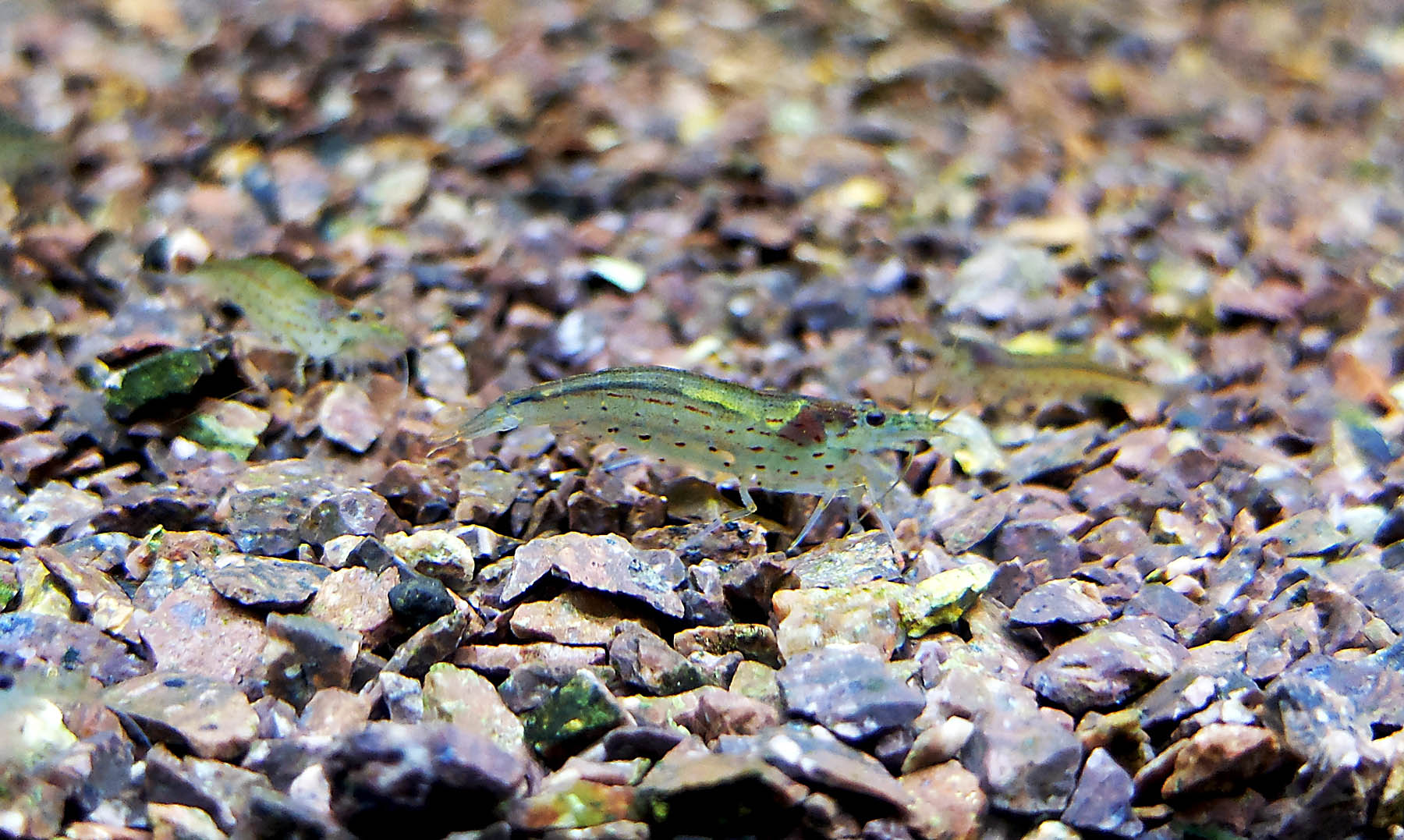
In the planted hobby, it is easy to get obsessed with nutrition deficiencies.
While nutrition matters, identifying specific deficiencies by a single picture is much harder than people realise.
It is akin to identifying that a stranger has insufficient Vitamin B12 from a single photograph. An experienced doctor might be able to do so, but it would rash for the average person to attempt similar diagnosis by sight alone.
Holes in leaves are often associated with nutrition deficiency.
And they might be.
But a lot of the time, they are simply the victim of hungry fish and shrimp, what we call ‘herbivore damage’. The picture above is a classic example of herbivore damage. The before-and-after pictures below by Joe Harvey show the damage inflicted by a hungry bristle-nosed pleco.
Below: Alternanthera reineckii and Pogostemon helferi “Downoi”are 2 of the planted world’s more yummy plants.
Older leaves of AR often get chewed on, creating holes. Similar with the crinkly leaves of “Downoi”. Amano shrimp, red nose tetras and mollies are especially attracted to young “Downoi” leaves.
Below: the Amano shrimp is popular as an algae-eater but we don’t keep them in our 2Hr Tanks for the main reason that they often chew on plants.
Other shrimps such as red cheery shrimp are more uniformly gentle- they mostly feed on algae but do not do damage to older leaves.
Below: Plecos are voracious omnivores and often do some damage to plants. This said, those that are accustomed to fish food may leave plants alone.
Herbivore Damage: 3 clues
- Punch-holes. Overall leaf looks healthy, but has holes that look like they were made with a mechanical (uneven) hole-puncher. Nutrition deficiency tends to affect overall coloration and the edges of leaves. Chew-marks often include the middle portions of the leaves.
- Selective damage. Symptoms of nutrition deficiency tend to seen across different plants in a tank. Herbivore damage tends to be selective, affecting only certain leaves and certain (more yummy) plants. Younger plants, tissue-culture plants and older/ weaker plants are alot more vulnerable.
- Nutrient deficiency is clearest in new shoots (in their shape, color, size etc.) while animals generally attack older leaves. As old leaves do not heal, it is also natural for older leaves to lose color and/or deteriorate in different ways. It is normal and has nothing to do with nutrient deficiency.



